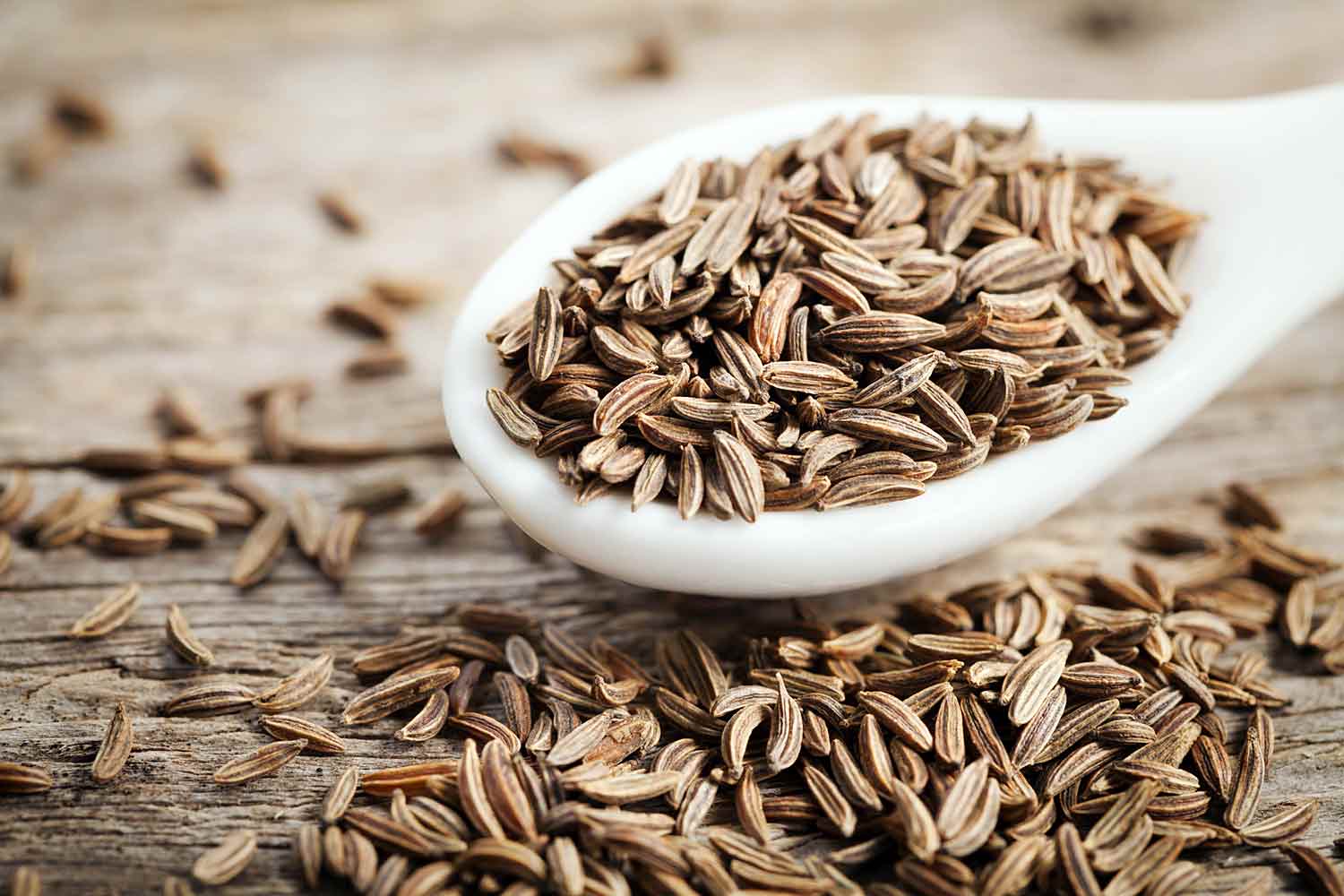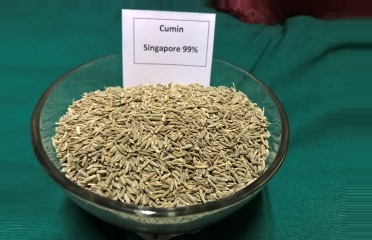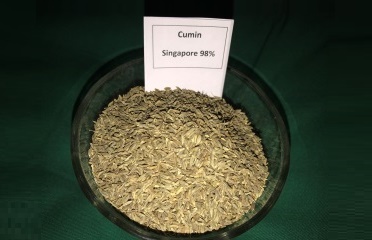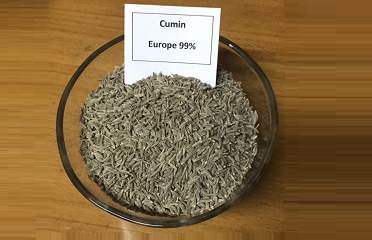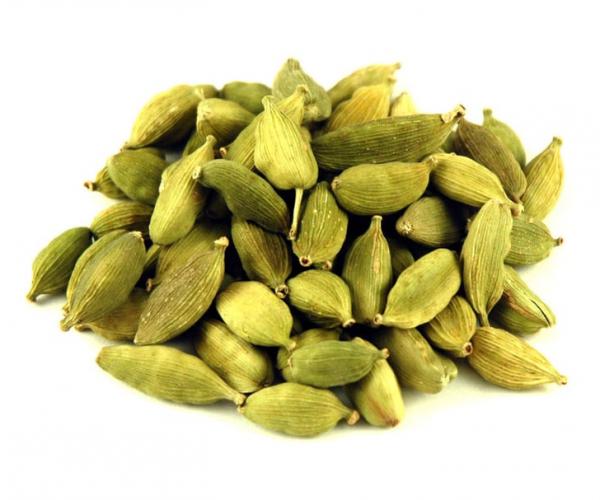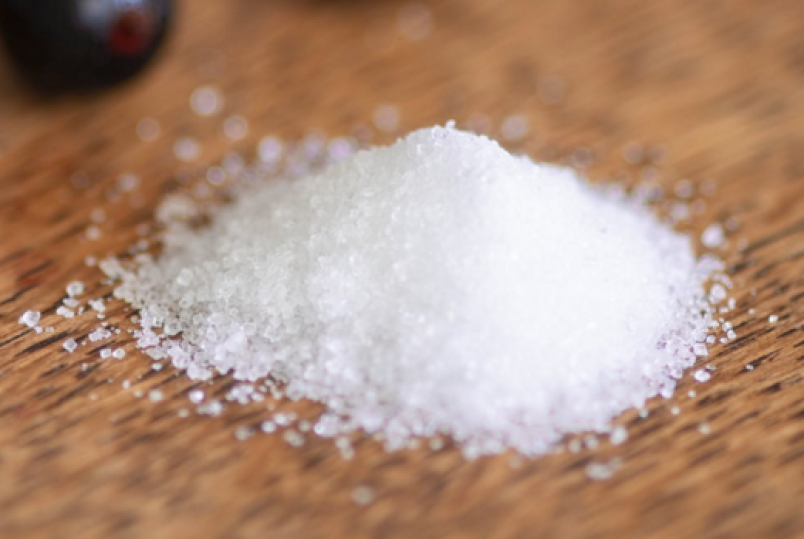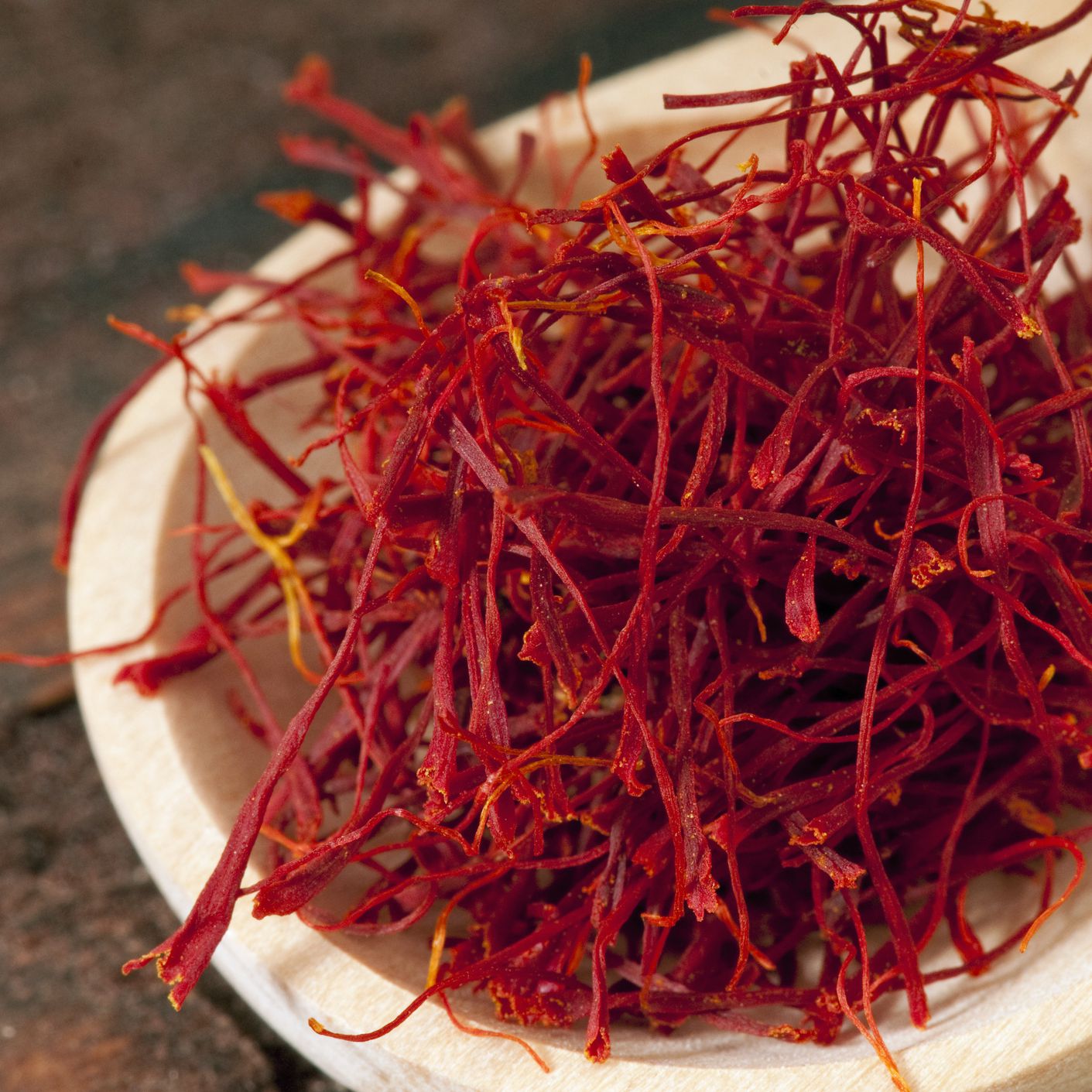Saffron
Saffron, the most expensive spice in the world is derived from the dry stigmata
of the plant Crocus Sativus. The plant is a bulbous, perennial with globular corms, 15-20 cm high.
It has 6 to 10 leaves present at anthesis, one to two flowers with a lilac-purple colour with
perianth segments of 3.5 – 5 cm and style branches of 2.5 – 3.2 cm. The yellow style is deeply
divided into three branches and the stigmata are bright red. Flowers are arising directly from
the corms. Flowers have tri-lobed stigma, which along with the style tops yield the saffron of
commerce.
Saffron is a native of Southern Europe and cultivated in Mediterranean countries, particularly in
Spain, Austria, France, Greece, England, Turkey, Iran. In India, it is cultivated in Jammu & Kashmir
and in Himachal Pradesh. Saffron thrives best in warm sub-tropical climate. In Spain, it is grown
in dry temperate conditions with an annual rainfall below 40 cm. It grows at an elevation of 2000
mtrs MSL. Photoperiod exerts a considerable influence in the flowering of saffron. An optimum period
of 11 hours illumination is desirable. Unusually low temperature coupled with high humidity during
flowering season affects flowering of the crop. Spring rains boost production of new corms. Slightly
acidic to neutral, gravelly, loamy, sandy soils are suitable for saffron cultivation.
Uses
Saffron is used as a culinary seasoning and to colour, cottage cheese, chicken and meat, rise,
mayonnaise, liquors and cordials. It is also used in speciality breads, cakes, confectionaries,
Mughlai dishes. Saffron is also used as a perfume in cosmetics. In medicine saffron is used in
fevers, melancholia, and enlargement of liver and spleen. In Ayurvedic medicine it is used to heal
arthritis, impotence and infertility. It has wide range of uses in Chinese and Tibetan medicines.
Since time immemorial saffron has occupied a special place in the culture and tradition of people.
This exotic herb is famous for its medicinal, coloring and flavoring properties. Valued all over the
world, specially by culinary and medical experts, saffron has a number of uses. The medicinal properties
attributed to saffron are extensive. Topically, it is applied to improve the skin condition overall and
specifically to treat acne. Internally, it is used to improve blood circulation, regulate menstruation,
treat digestive disturbance, ease cough and asthmatic breathing, reduce fever and inflammation, calm
nervousness, and alleviate depression.

